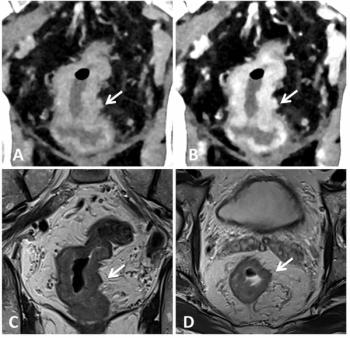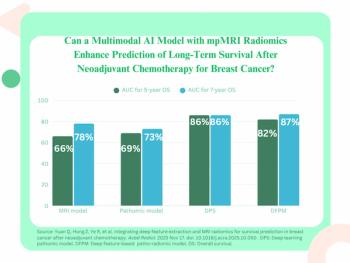
Breast MRI wins allies, while CAD survives attack
In a flash, after the American Cancer Society guidelines came out in favor of breast MRI for high-risk screening in late March, prominent radiology preauthorization company CareCore proclaimed it had been ahead of the times. The ACS release was a major coup for the technique.
In a flash, after the American Cancer Society guidelines came out in favor of breast MRI for high-risk screening in late March, prominent radiology preauthorization company CareCore proclaimed it had been ahead of the times. The ACS release was a major coup for the technique.
CareCore, which serves more than 30 million subscribers, issued a press release in April indicating that the recommendations were in line with evidence-based policies it had established more than two years ago.
The new ACS guidelines advise annual MRI screening along with mammography for women with a high lifetime risk of breast cancer. They could apply to 1 to 1.5 million women of screening age, and the ACS stamp of approval may impress insurance companies and lead to more uniform acceptance.
Along with the ACS guidelines, breast MRI got a boost earlier in the year when a large multicenter trial found MRI extremely useful in detecting or reliably ruling out mammographically occult cancer in the contralateral breast of women recently diagnosed with cancer in one breast (NEJM 2007;356[13]:1295-1313).
As breast MRI basked in positive publicity, computer-aided detection used in breast imaging came under intense attack with the release of a retrospective study that found CAD resulted in more false positives, recalls, and biopsies and produced lower overall accuracy compared with non-CAD environments (NEJM 2007;356;14:1399-1409).
Newsletter
Stay at the forefront of radiology with the Diagnostic Imaging newsletter, delivering the latest news, clinical insights, and imaging advancements for today’s radiologists.




























